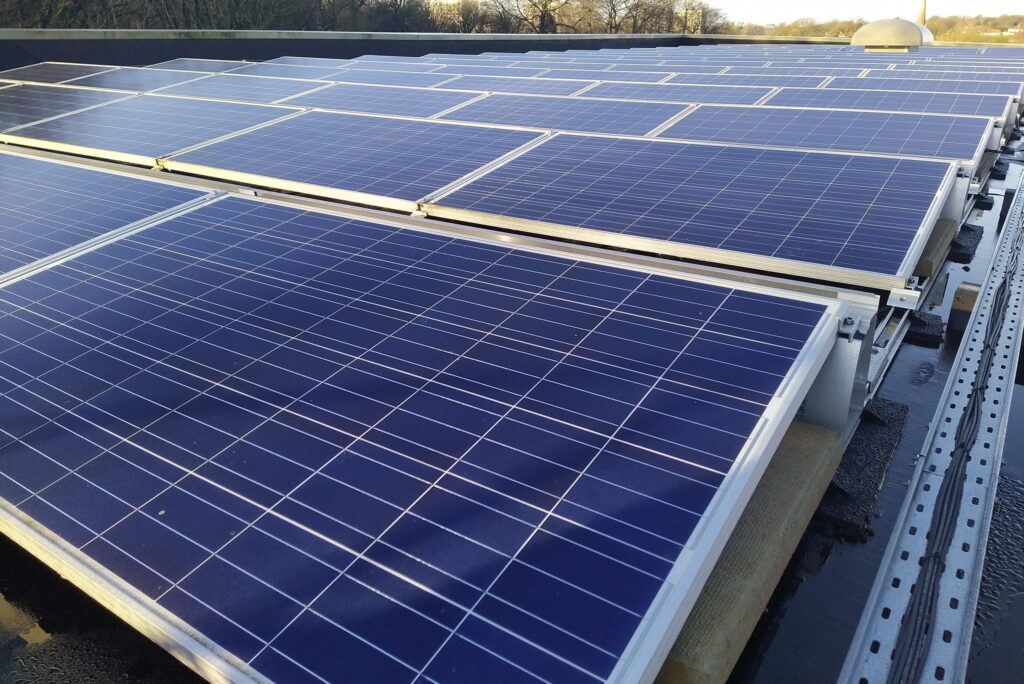
More and more buildings and public spaces are incorporating solar panels and not only just on rooftops. Some buildings are incorporating power-generating structures all over their facades.
Using solar panels in this way puts some design constraints on buildings because solar panels are typically a deep black color. This is because solar panels need to absorb light and making them any other color decreases their ability to do so and generate power. But the problem is that people don’t necessarily want a black building.
One alternative to traditional solar panel design is to use structural sources of color that include microscopic shapes that only reflect specific light frequencies, like the scales on butterfly wings. But this approach generally leads to iridescence – which might not be what is wanted – and is often quite expensive to implement.
A team of researchers at a university in Shanghai has now demonstrated a way to give solar panels color that is easy and inexpensive to apply and that does not reduce their ability to produce energy efficiently.
The technique involves spraying a thin layer of a material called a photonic glass onto the surface of solar cells. The photonic glass is made of a thin, disorderly layer of dielectric microscopic zinc sulfide spheres. Even though most light can pass through the photonic glass, certain colors are reflected back, depending on the sizes of the spheres. By varying that size, the researchers created solar panels that were blue, green, or purple with only a very small drop in solar panel efficiency.
The solar panels made this way maintained their color and performance under durability testing. With this new technology, there may soon be colorful solar panels on our buildings.
***********
Web Links
Colorful solar panels could make the technology more attractive
Photo, posted December 15, 2021, courtesy of Pete via Flickr.
Earth Wise is a production of WAMC Northeast Public Radio
Leave a Reply